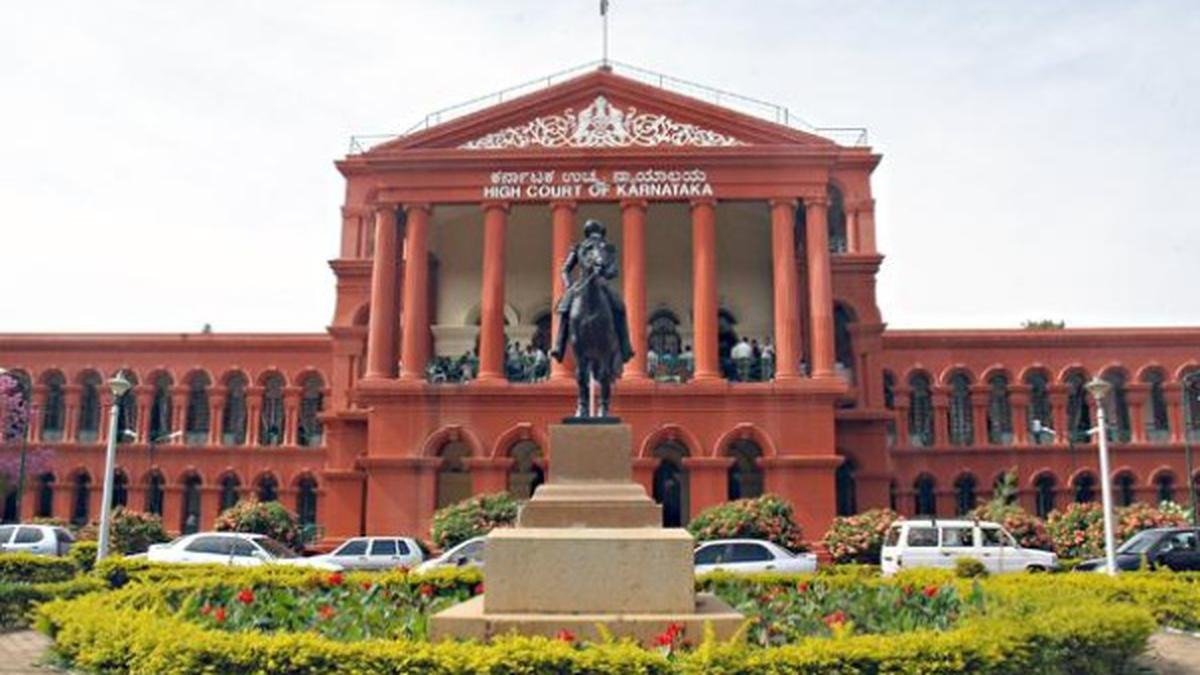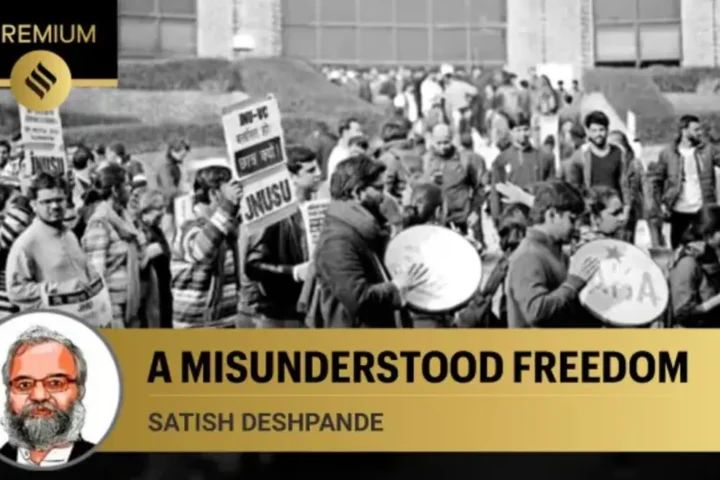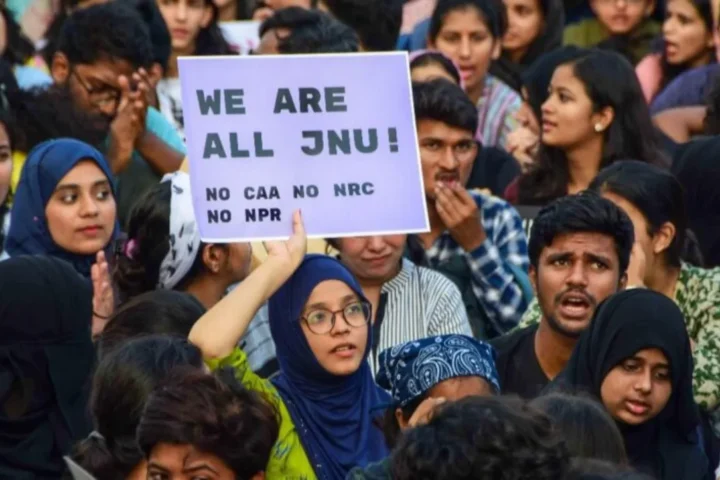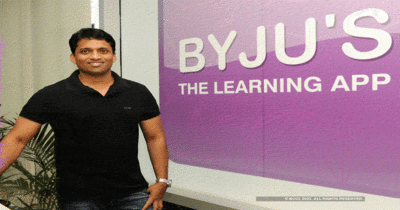In response to a Public Interest Litigation (PIL) filed by Samarpana Trust in 2020, the Karnataka High Court issued a significant order addressing traffic issues in Bengaluru. The PIL aimed to implement a 2014 Supreme Court directive focused on reducing traffic congestion in urban areas, particularly between Mekhri Circle and the BDA head office. Let’s look at the chain of events and discussions that took place to attempt to organize the traffic congestion.
Meeting with Stakeholders
The high court bench, consisting of Chief Justice Prasanna Varale and Justice Krishna Dixit, directed the state government to take action. They instructed the school education and industry secretaries to hold meetings with relevant stakeholders.
School Timings Revision
For school education, the bench recommended that the secretary of school education and higher education organize a meeting with representatives of private and government institutions, school bus operators, parents’ associations, and other stakeholders. The objective is to explore revising school timings to alleviate traffic while ensuring the safety of children.
Industrial Sector Engagement
In the industrial sector, the bench instructed the secretary of Industries and Labour to convene meetings with representatives from various sectors. This includes associations of industries and factories, industrial organizations, chambers of commerce, and more. The goal is to discuss potential adjustments to working hours for industrial units, factories, commercial houses, and companies. The focus is on easing traffic congestion during peak hours.
Flexible Working Hours
The bench emphasized that stakeholders are encouraged to provide suggestions, including flexible working hours, to reduce the number of vehicles on the road during rush hours.
Enforcement of Traffic Regulations
The bench also highlighted the importance of enforcing traffic regulations, specifically a 2014 notice prohibiting specific categories of heavy vehicles from entering the Central Business District during specific times of the day. This could mitigate traffic congestion in the area.
But the question of the hour remains, has the high court permitted the government to proceed on the decided plan of action?
Permission to Proceed
Additionally, the high court bench granted permission to the state government to move forward with these initiatives. They instructed the government to provide a status and action taken report to the court within six weeks.
This order signifies a proactive approach to addressing traffic challenges in Bengaluru, involving key stakeholders and encouraging innovative solutions like flexible working hours to alleviate congestion during peak traffic times.







